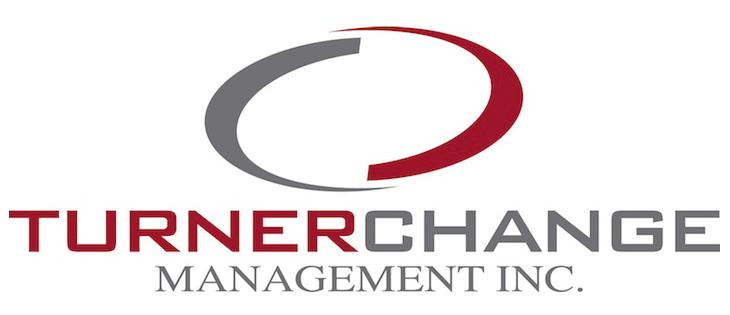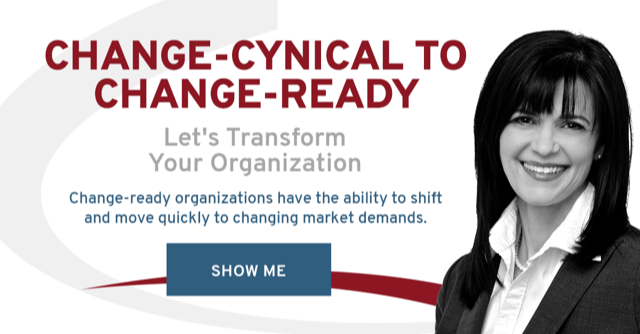When it comes to communicating your message: Once is never enough
Communication takes more than an email
Today we can communicate with people easier and faster than ever before. Yet I consistently hear leaders and employees talking about feeling overwhelmed with information, but feel under informed about what is actually going on in their organization.
Most of the new communication tools are passive: they leave little opportunity for the conversations needed for change. A great example of this is email.
In most organizations email is the default way of communicating. However, as Rosabeth Moss Kanter from Harvard Business School noted our expectations of email may be too high. She states, “Managers of the 21st century send an email and they think they’ve taken care of everything”.
Email and other forms of passive communication can be effective ways of conveying your message, but not alone. They need to be used in concert with more active communication like a conversation. During change, it can be challenging to get your message heard and understood. By being prepared to communicate frequently, and repeat the message in a variety of ways you can increase the effectiveness of your communication.
Three tips to help you communicate during change
- Repeat the message. A good rule of thumb is six times in six different ways.
- Use email to reinforce key aspects of the change, or follow-up a previous communication, but avoid using email to announce a change initiative.
- Introduce and enable more face-to-face and other forms of active communication to ensure that you are also getting information about how the change is being received.
Helping you move change from a liability to an asset for your organization!
Dr. Dawn-Marie Turner





Agree to what you said communication takes more than an E.Mail.
The problem in implementing change is that we communicate through various mean, the conventional – letters, memo etc., and the contemporary – Mails, Phones etc. We put more emphasis on use of technology but we forget that the recipient of the communication is not a machine but a human being, with feelings and emotions. Using the Hi Tech we just loose on Hi Touch, we fail to communicate non verbally / role model / demonstrable in ourself adapting change.
We expect people to change by mere communication but fail to demonstrate ourself as changed
Just to add one more tip
Communicate with high touch and demonstrable non verbal method in adapting change.
These are my views – may not be correct from every ones perspective.
Thanks for the comment. Unfortunately during change, too much emphasis is placed on passive communication which is the memo, email etc. What people need and want during change is more active communication, like conversation, where there is an exchange of information. Non-verbal communication is important and often forgotten. We always need to remember that we communicate with what we say, and with what we don’t say.